Volkswagen Wants to Mend Fences With America, Promises Big U.S. Production Push

Disgraced automaker Volkswagen AG is trying to smooth things over in the United States by promising to increase its commitment to North America. The company has stated that its core brand’s lineup will swell to include new electric vehicles slated for U.S. production in 2021.
The task of building those vehicles comes with a mountain of challenges.
“We will be significantly stepping up our activities in the USA,” Volkswagen brand chief Herbert Diess said on Tuesday. “Our goals are high and our strategy is very ambitious.”
Saying VW’s strategy is “very ambitious” is like saying the sun is “very hot.” The company just reached an agreement with its workers to cut 30,000 jobs worldwide to free up 3.7 billion euros in cash. The company also expects to reduce expenses by an additional 2.5 billion euros by eliminating conventional models that will eventually be replaced by EVs.
Saddled with a minimum of $16.5 billion in fines and repairs in the U.S. resulting from the emissions scandal, a devalued stock price, a reduction in sales, suppliers angry that VW has demanded they cut prices by $3 billion, and a net loss of $4.6 billion in 2015, the company has an uphill battle.
Bloomberg reports that Volkswagen’s namesake brand accounts for nearly half of the group’s sales. However, it was experiencing bloated production costs and management issues well before the diesel emissions crisis. Productivity at VW was 30 percent lower than its peers and the company was spending 60 percent more per vehicle than Toyota had over the same period.
The company’s new plan includes launching higher-margin SUVs, sedans, and electric cars in the hopes to win back customers in markets where it severely lagged competitors. Diess said that success will be imperative to reviving the core brand, as it accounted for 59 percent of the German group’s auto sales in 2015 (but only a scant 16 percent of the group’s operating profit).
“We not only want to be profitable in Europe and China but are determined to generate positive results in all major markets by 2020,” he told reporters.
“For years we have been lacking a blueprint for success in the U.S., while we are losing ground to rivals in markets like Brazil or India. In part we have also missed market trends, above all the SUV boom,” said Diess
Volkswagen now says it plans to increase its SUV and crossover lineup to nineteen vehicles by 2020. The company currently has two: the Tiguan and Touareg, with the upcoming Atlas arriving next year.
As of now, VW’s sole factory in the United States resides in in Chattanooga, Tennessee. If Volkswagen plans to produce a bevy of new electric cars in North America, that factory — which builds the Passat and, beginning next year, the Atlas — is the obvious candidate. Does Volkswagen have the capital required to pay its dues and create the production capacity needed to build the promised three million units?
“Over the next few years, Volkswagen will change radically. Very few things will stay as they are,” Diess said. “The electric car will become the strategic core of the VW brand.”
It will have to change drastically if it wants to pull any of this off.
[Image: Volkswagen]

A staunch consumer advocate tracking industry trends and regulation. Before joining TTAC, Matt spent a decade working for marketing and research firms based in NYC. Clients included several of the world’s largest automakers, global tire brands, and aftermarket part suppliers. Dissatisfied with the corporate world and resentful of having to wear suits everyday, he pivoted to writing about cars. Since then, that man has become an ardent supporter of the right-to-repair movement, been interviewed on the auto industry by national radio broadcasts, driven more rental cars than anyone ever should, participated in amateur rallying events, and received the requisite minimum training as sanctioned by the SCCA. Handy with a wrench, Matt grew up surrounded by Detroit auto workers and managed to get a pizza delivery job before he was legally eligible. He later found himself driving box trucks through Manhattan, guaranteeing future sympathy for actual truckers. He continues to conduct research pertaining to the automotive sector as an independent contractor and has since moved back to his native Michigan, closer to where the cars are born. A contrarian, Matt claims to prefer understeer — stating that front and all-wheel drive vehicles cater best to his driving style.
More by Matt Posky
Latest Car Reviews
Read moreLatest Product Reviews
Read moreRecent Comments
- Carson D Just don't be the whistleblower who reports on the falsification of safety data. That's a deadly profession.
- Carson D I'd have responded sooner, but my computer locked up and I had to reboot it.
- Todd In Canada Mazda has a 3 year bumper to bumper & 5 year unlimited mileage drivetrain warranty. Mazdas are a DIY dream of high school auto mechanics 101 easy to work on reliable simplicity. IMO the Mazda is way better looking.
- Tane94 Blue Mini, love Minis because it's total custom ordering and the S has the BMW turbo engine.
- AZFelix What could possibly go wrong with putting your life in the robotic hands of precision crafted and expertly programmed machinery?



















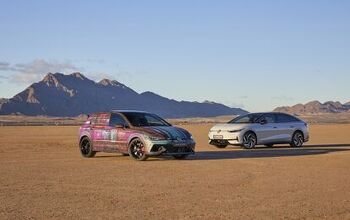
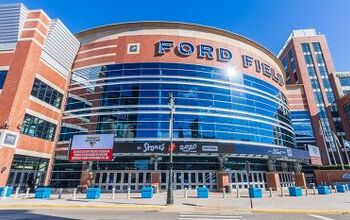
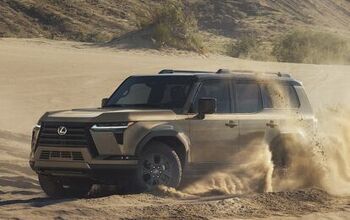
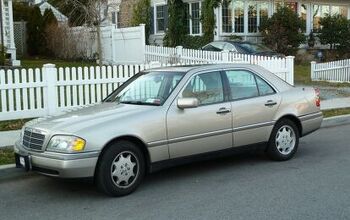

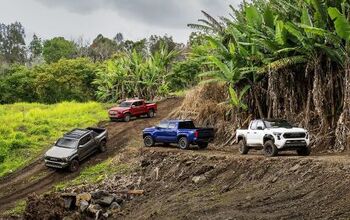
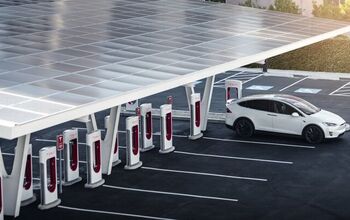
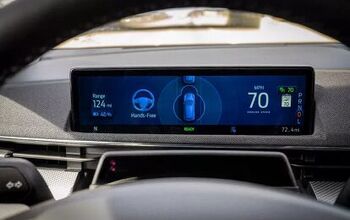

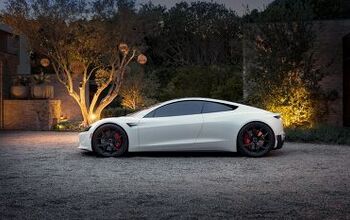
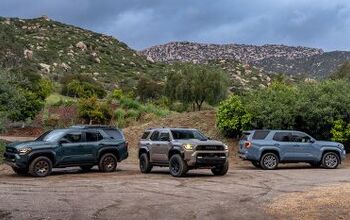
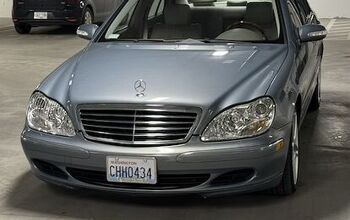
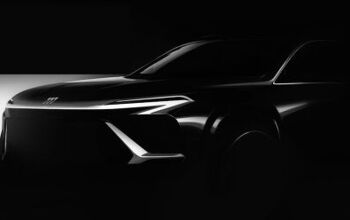
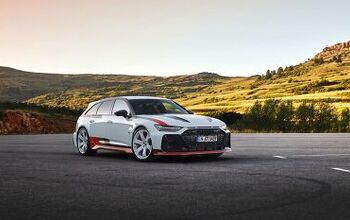

Comments
Join the conversation
If we're really going to see widespread EV adoption, other manufacturers need to get their heads out of their posteriors and buy into Tesla's Supercharger network. The spread of DC fast charging is great but a 24 kW DCFC charger (50 kW at best) does not hold a candle to a Tesla 125 kW Supercharger.
I hate how some like to change their image and not their culture, soul, or behavior. Although I like the engineers and workers, I don't like the execs or company.